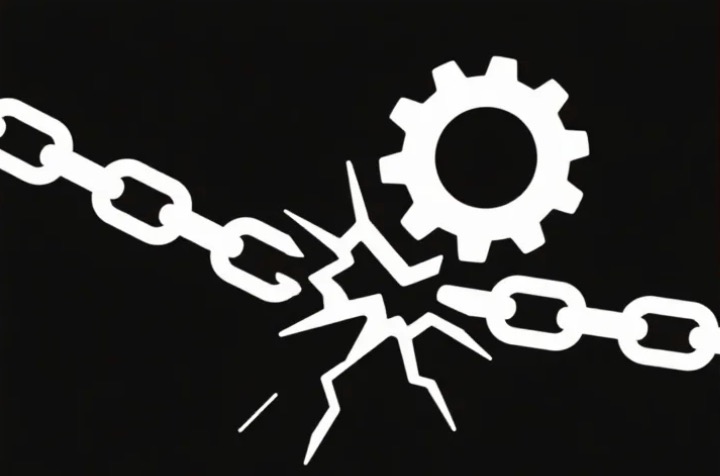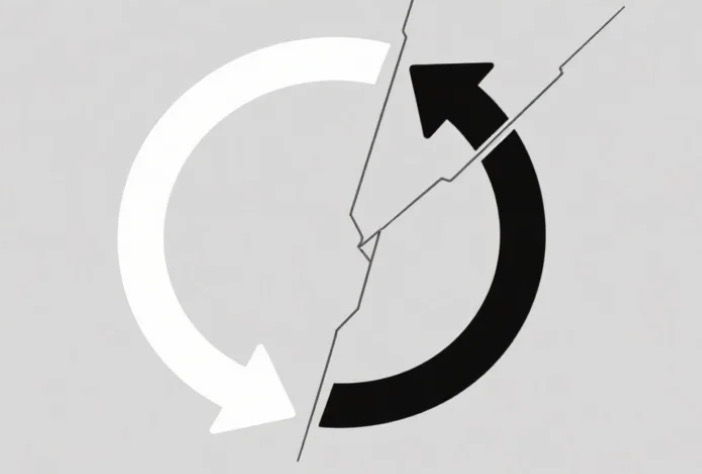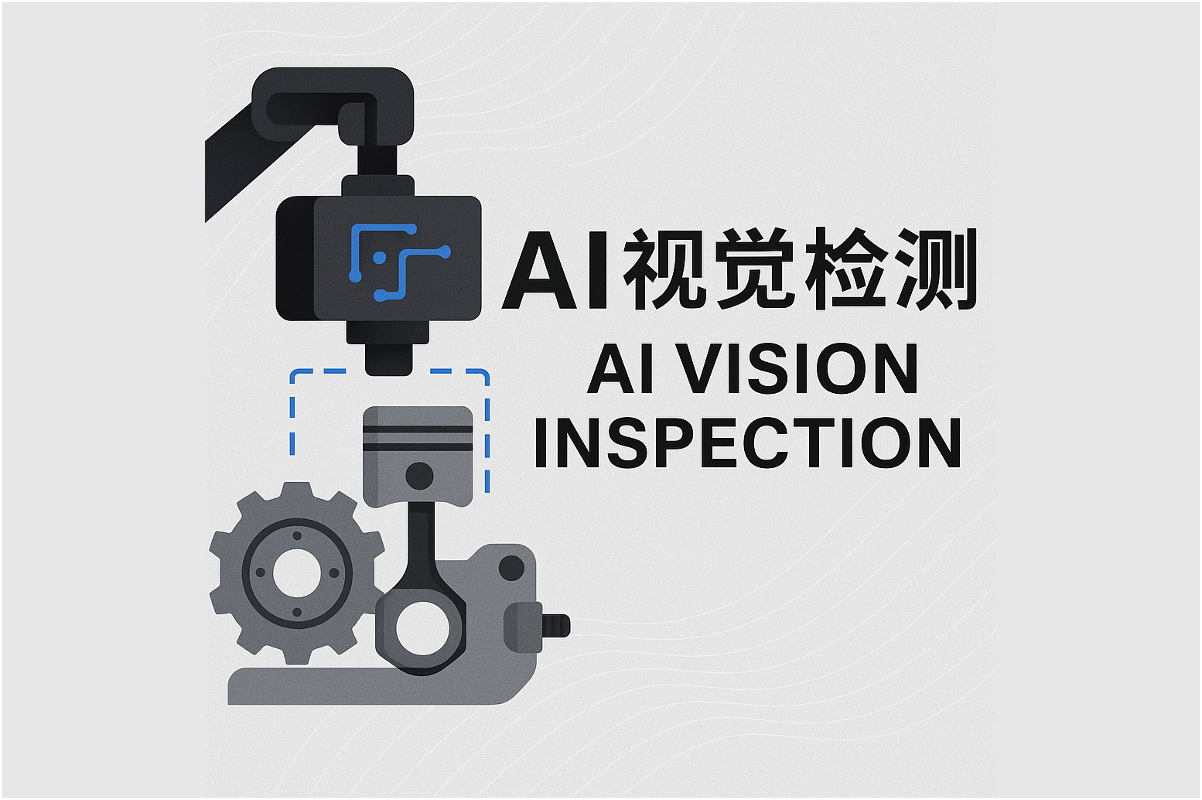Today, every automotive component manufacturer is talking about “quality closed loops”—but where exactly is the loop?
Having complete APQP documents ≠ a closed loop;
Traceable inspection records ≠ quality control;
Holding meetings ≠ solving problems.
A true automotive-grade quality closed loop is not just about running ISO procedures. It’s about rapid issue localization, clear accountability, and reduced recurrence rates. It reflects a company’s organizational responsiveness.
Part 1: The “Surface” vs. the “Reality” of Automotive-Grade Quality Loops
Reality #1: OEMs demand process control + data traceability + accountability—not just documents.
Reality #2: Most companies stop at flowcharts, PPTs, and record sheets. But when a problem arises, accountability still depends on meetings and verbal decisions.
Mini Case:
A Tier-1 supplier showcased impressive flowcharts in an 8D report. But when the OEM asked, “Who exactly is responsible?” and “How is the corrective action being tracked?”—there was no answer.

Part 2: Three Critical Breakpoints in the Quality System
From Engineering Characteristics → Process Characteristics
o Process and quality departments operate in silos.
o Design features are not systematically converted into process control points.
o Control plans are outdated or inconsistent across versions; production and inspection standards often mismatch.
From Inspection Data → Problem Identification
o Data is collected but lacks structured rules, standard mappings, or alert mechanisms.
o There is no data-driven trend analysis—only frontline experience to manage anomalies.

From Problem Discovery → Organizational Response
o Root causes are hard to trace; corrective actions lack oversight; audits become a formality.
o Dozens of repeated issues are found annually, yet no one asks, “Why does this keep happening?”
Part 3: From “Patching the System” to “Building Organizational Capability” – A Three-Step Approach
Establish a Quality Characteristic Conversion Mechanism
(Not just drawing flowcharts, but defining actionable rules)
Link VOC → Key Quality Points → Process Characteristics → Control Strategies via a quality structure tree.
Digitally assign responsibility, define impact range, set inspection and correction paths—stop relying on offline spreadsheets.
Create Standard Data Maps and Anomaly Detection Models
Standardize inspection items, structure the data, automate collection (IoT + image recognition).
Anomalies trigger workflows; quality issues are closed in the system, not in meetings.

Build a Cross-Functional Responsibility Mechanism
Problems must be linked to specific process nodes (Design / Procurement / Manufacturing / Inspection).
The closed loop should involve everyone responsible, not just the quality team.
Completion must be system-driven with traceable deadlines and execution records.
A true automotive-grade quality loop is not about document loops or procedural loops. It is about accountability loops, mechanism loops, and organizational behavior loops.
Behind this lies not just a powerful system, but a capability framework—one that enables processes to run, rules to be enforced, and responsibilities to be clearly defined.
This is exactly what LinkedData aims to deliver:
A system and mechanism that make quality management permeate the entire organization.
Start Now! Improve Order Delivery Efficiency Immediately!
Contact us and explore order delivery efficiency improvement with LinkedData digital transformation experts.
Request a Demo
 0510-8521 1230
0510-8521 1230



